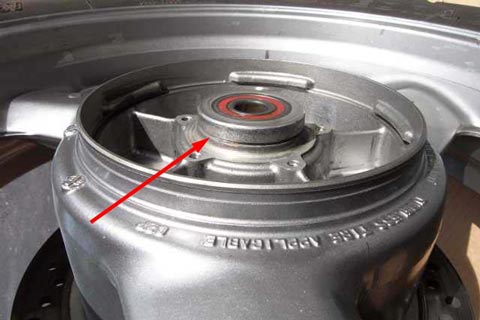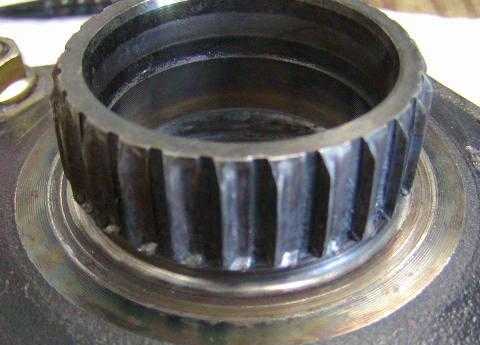



Now that you know where the O-rings go, here's the scoop on where the moly paste goes, per John O., "The Honda manual's a little confusing. Simply, the lube icon on the first Rear Wheel Removal/Installation schematic should be an "MP", not an "M". The 'Note' on the second page doesn't mention the percentage of moly, BTW. The remarks section on the 4th page specifically calls for moly *paste* all over the Final Driven Flange. Also, take a look at the Lube-n-Seal Pts section of chapter 1 in the Honda Service Manual for more info/confirmation.
"Only use moly *paste* with a Molybdenum Disulfide content of 40% or greater on all the rear wheel R&R parts... drive splines, thrust washer, etc. No puny 3% 'grease' STuff in this area.
"Recommend: Pro Honda Moly 60 Paste, PN: 08734-0001 / PASTE (MOLY 60) or this Loctite alternative, PN:51048 - Moly Paste [65%]"